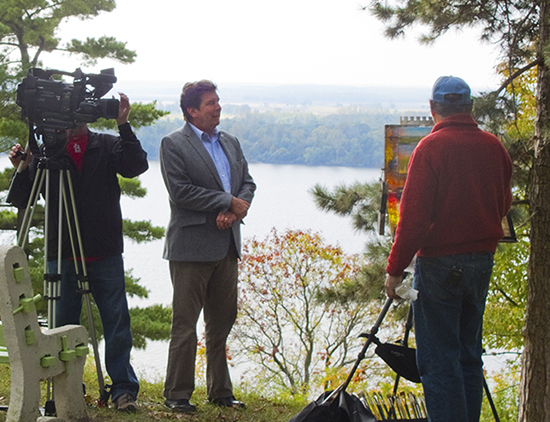Voices of Experience - Christine CodeVoices of Experience Christine Code
The paintings of self-taught artist Christine Code evoke the mystery and drama of the landscape in the "Land of the Living Skies", as rural Saskatchewan is known. The atmospheric moodiness of her canvases reflects time spent on location, even in the cold Canadian winter, returning to the studio with sketches to inform her larger works. Code recognizes the necessity of painting from life and writes that, ". . . outdoors is the source for all the information you need as a landscape painter." Her work has been featured in both national and international exhibitions and has won multiple awards from the Plein Air Salon, Modern Impressionist Salon, National Oil and Acrylic Painters Society, Oil Painters of America and the Federation of Canadian Artists. She shared with us her influences and inspirations, beginning with her earliest art mentor.
I had the most wonderful high school art teacher. I clearly remember her one-liners, like “draw what you see, not what you think you see.” There was a key moment in art class—I was struggling with the nose on a portrait and my art teacher came up behind me, watched me fumble around for awhile, then suddenly snatched the brush out of my
I live in a small town surrounded by prairie farmland and I'm only a ten-minute drive from the river hills. I love it here. This landscape provides endless inspiration across all four seasons. I was once asked if I ever get tired of painting the prairie landscape and I replied, “The prairie landscape is what I know. I know this land, these hills, and these skies.” There is so much more to learn and a myriad of ways to express it with paint. I will have barely scratched the surface in my lifetime. Christine told us about her processes, both in working en plein air and in the studio and gave us some details of the materials she most uses. I enjoy creating a certain moodiness, atmosphere and mystery in my landscapes. I achieve this by softening edges and being sensitive to the value shifts throughout the painting. I want the viewer to feel something when they look at my work. My process varies from painting to painting depending on size and whether it's a plein air or studio painting.
For plein air, I typically use a view finder and nail down my composition in a thumbnail sketch with a Sharpie. I might try a few different compositions to see which I like best. Then, I will sketch the composition onto my panel with thinned down paint. Working quickly, I scrub in my darks and the local color of the big shapes with a natural bristle filbert. Lastly, I will switch to synthetic flats to refine, smooth out brushstrokes, shift things into place and add any details. Sometimes I use a painting knife to soften edges or to apply paint thickly in my focal area.
Since I incorporated plein air into my practice, I've sought to replicate that same plein air spontaneity in my studio work by employing virtually the same method. I don't do a lot of planning. I enjoy letting the painting guide me, applying the paint thickly and loosely, and deciding which effects to keep and what to discard on the fly. I get the best atmospheric effects this way. It's all very instinctive. For smaller studio paintings (up to 24”), I attempt to finish them in one day, alla prima. Sometimes it takes a second session. For larger studio paintings (24” and up), it can take anywhere from two to four sessions, usually with one week of drying time between layers. I use linseed oil as my medium for subsequent layers.
I use Winsor & Newton water-mixable oils and odorless mineral spirits for cleaning brushes. I don't usually use much medium for the actual painting. I prefer loading my brush with pure paint. After every painting, I scrape my palette down and save that muddy gray mix. I start my palette with this pile and use it to desaturate my colours and keep things tonal. My typical palette is the muddy gray from the previous painting, Ultramarine Blue, Permanent Alizarin Crimson, Cadmium Yellow Light, Cadmium Red Light, Sap Green, and Burnt Sienna. Sometimes I will incorporate other pigments if a specific painting calls for it.
For plein air, it's nice to have a tube of Yellow Ochre because I'm surrounded by farmland and I like to paint the occasional hay bale. During my first ten years of painting, I limited myself to the primary colours. As a result, I became fairly efficient at colour mixing and it's now largely intuitive. When I paint plein air, I mix up a color that I'm aiming to match in the landscape, scoop some up on my palette knife and hold it out in front of the object to squint and compare. It is such a rush to nail that colour down exactly in value and temperature on the first try. I use Ampersand panels for plein air painting and stretched cotton canvas for larger studio works.
Code included this step-by-step demonstration of her painting, "Winter Bloom".
Step 2 - Adding colour to the sky
Step 3 - Adding in snow incorporating some sky colors into the land for harmony
Final stage - Further refinement. slowing down towards the end and We asked Christine to include an example of one of her Nocturne paintings.
I love painting nocturnes in the studio and plein air! I have a handy Strada light that clips to my easel for painting outdoors in the dark. It's rechargeable and has several settings. I highly recommend it. And, any advice to give students? Practice, practice, practice and study. Paint almost everyday and put hundreds of smaller paintings behind you. For studying, painting from life or painting plein air is a must. If I could go back twenty years and give myself one piece of advice, it would be to get outdoors and paint. Now, I often find myself painting in my mind when I'm not in front of
To see more of Christine Code's work, go to: Christine Code Fine Art All artwork copyright Christine Code |
Become an Artist's Road Member Today!
Already a Member?Log in here. To renew your membership, log in and follow the links. Search the SitePerspectivesNot ready to become a Member yet? Subscribe to our free email postcards, "Perspectives". Enter your email address here.
Member ContentFree ContentThe Artist's Road StoreNocturnes - A Primer on Night Painting Filled with inspirational examples by the masters of nightime painting, this little book is sure to fire up your creative energies. Never tried painting at night? We show you how it's done with a step-by-step-oil demo and a tale of night painting in the wilds of Rocky Mountain National Park. The Primer on Night Painting - Nocturnes is a 7 x 7" PDF download with 40 pages of text and images. It includes a gallery of paintings by masters of the nocturne, information to inspire and encourage you in your plein air nocturne painting, an illustrated step-by-step demo and tips for working in pastel and oil. Also available in a softcover edition. Check out the tools and other products that we use in our own art and travels in The Artist's Road Store. We only offer things for sale that we enthusiastically believe in.
About Us
|



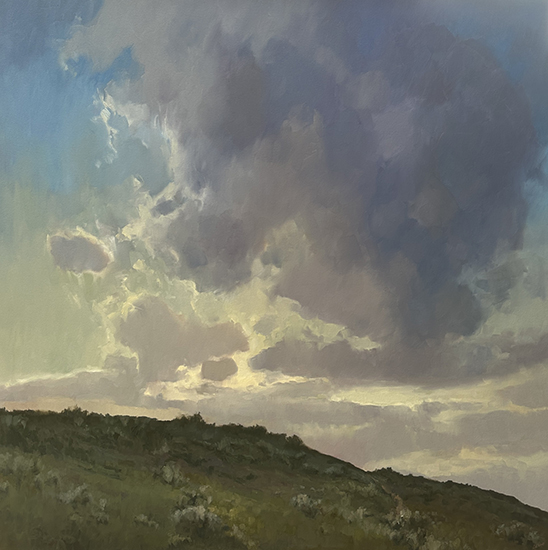












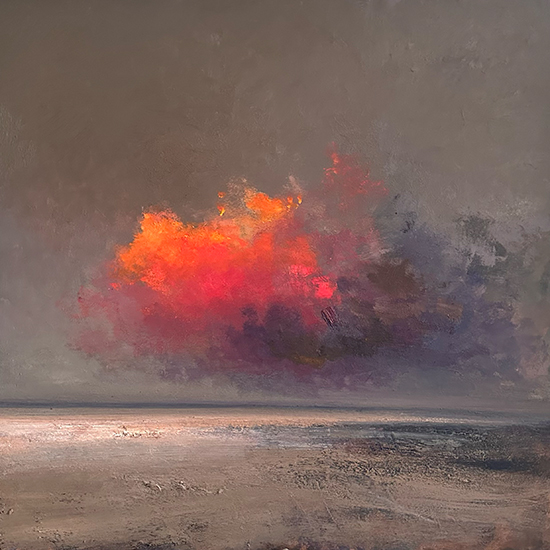 Voices of Experience:Richard K. Blades
Voices of Experience:Richard K. Blades
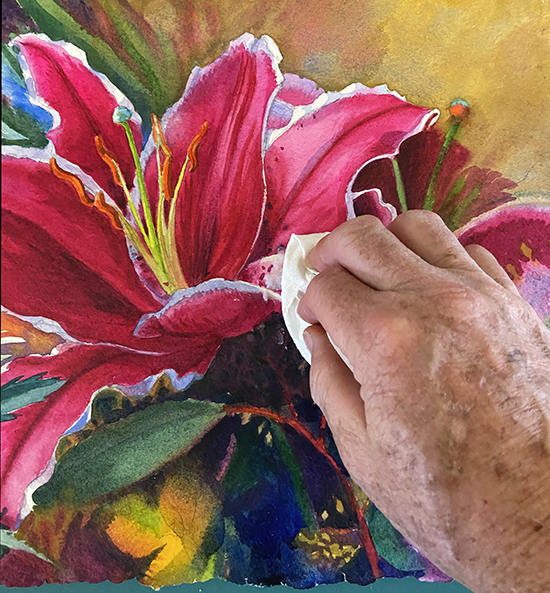 ing Watercolors
ing Watercolors

 Nocturne Notes
Nocturne Notes Inspiration in Monet's Gardens
Inspiration in Monet's Gardens
 The Watercolor Medium
The Watercolor Medium
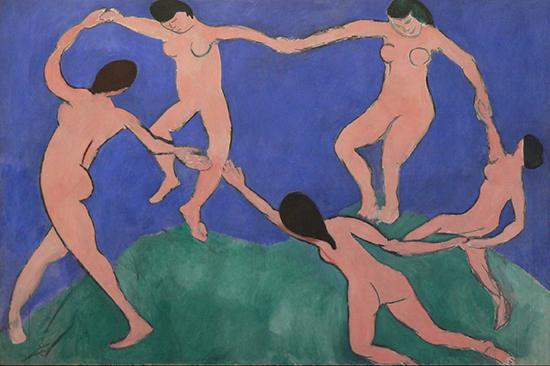 The Perspectives Archive
The Perspectives Archive